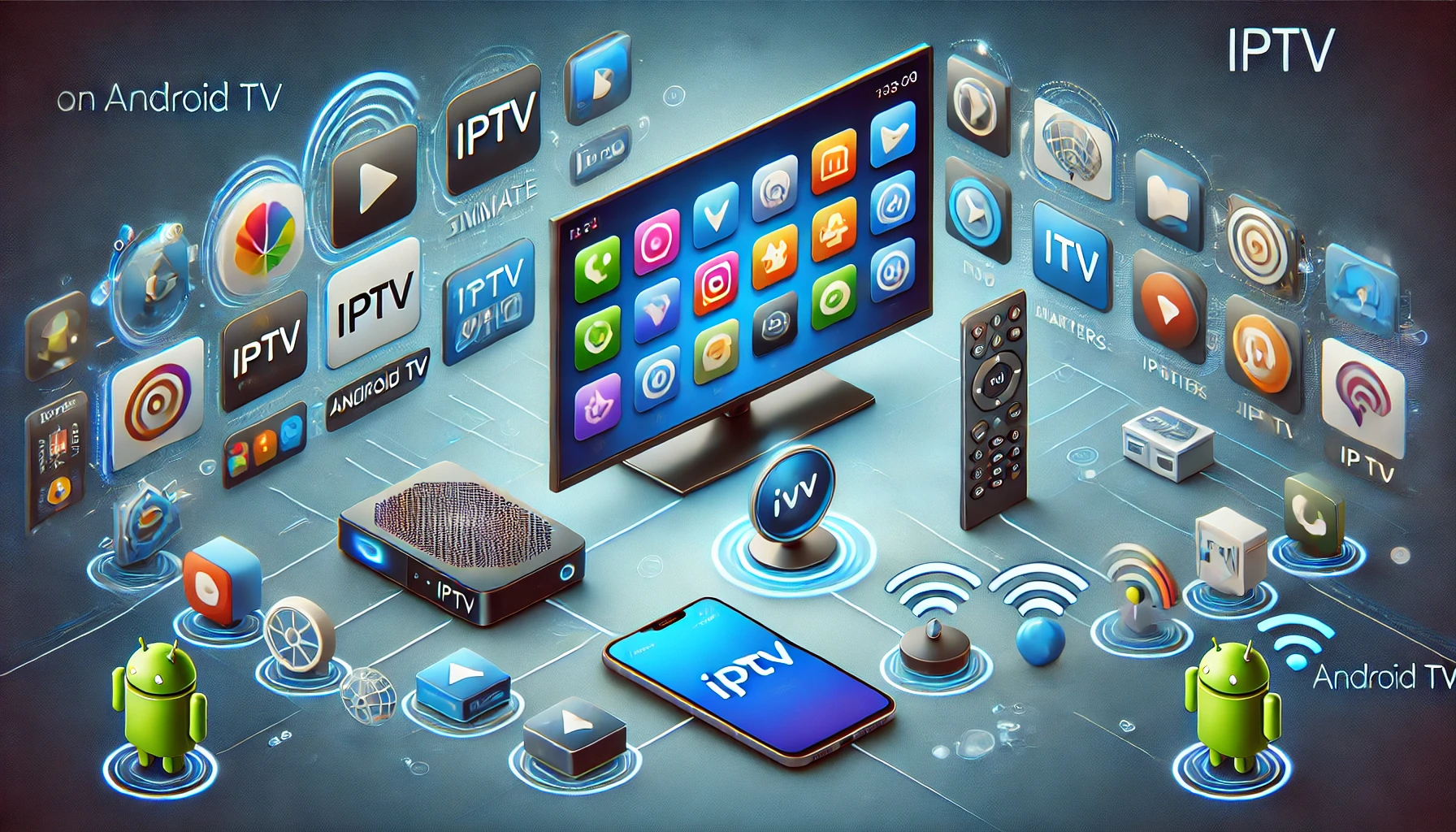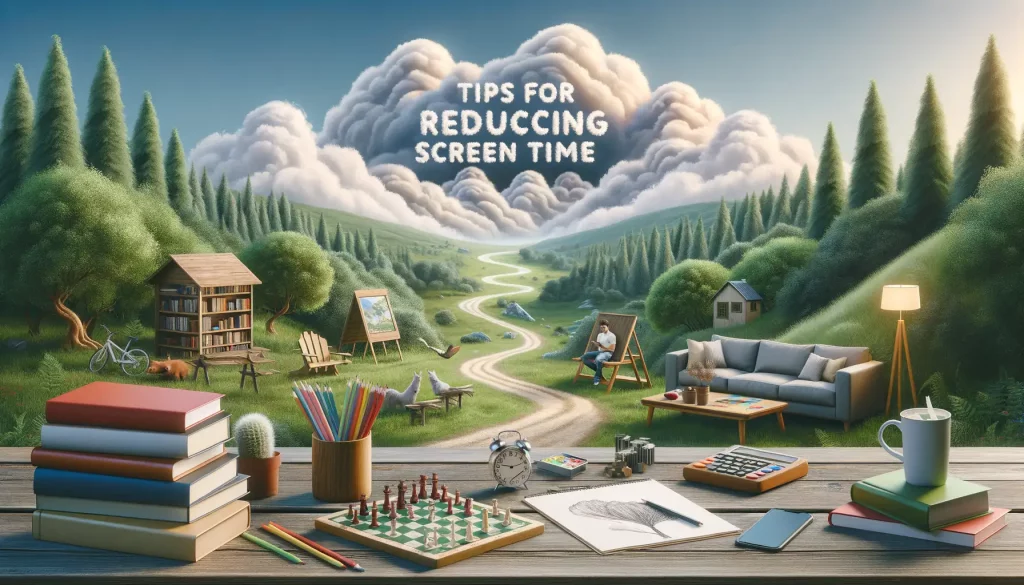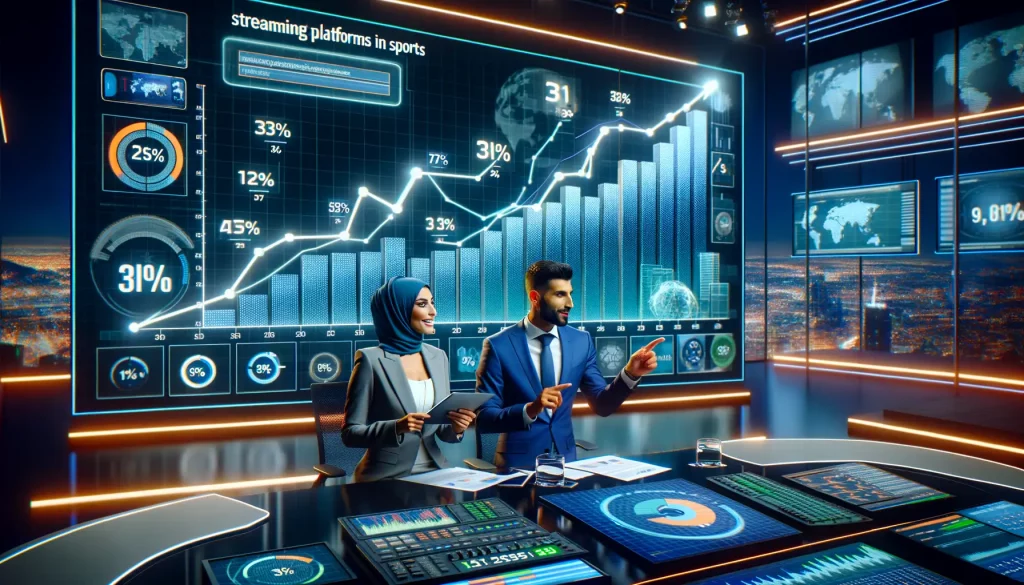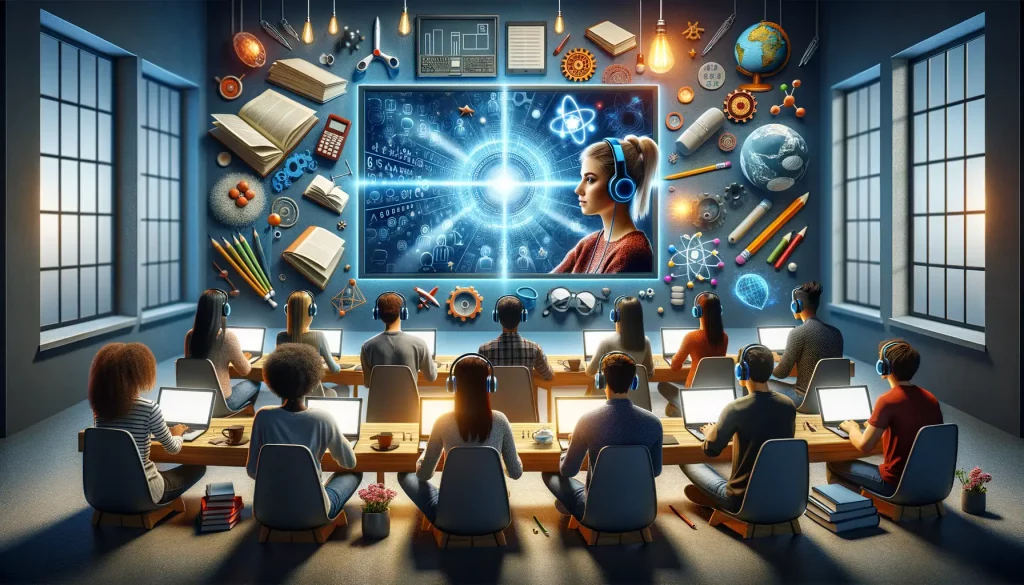Understanding the Basics of Streaming Quality
What Does Streaming Quality Really Mean?
Streaming quality is like the language your video speaks to you. It dictates how crisp and vibrant your favorite show appears on screen and whether that epic movie dialogue lands in perfect harmony with the visuals. At its core, streaming quality boils down to two key players: resolution and bitrate.
Resolution refers to the number of pixels that make up your image. More pixels mean sharper images. Think of it like painting a picture—using more tiny dots of color results in finer details. On the other hand, bitrate determines how much data is processed per second. It’s the heartbeat of streaming, ensuring smooth playback without those dreaded buffering pauses.
- SD (480p): Clear enough for smaller screens, a nostalgic throwback to when DVDs reigned supreme.
- HD (720p/1080p): The sweet spot for most viewers, delivering sharp details without taxing weaker internet connections.
- 4K: A pixel-packed feast for the eyes, ideal for big-screen enthusiasts craving realism.
But here’s the catch: quality isn’t just about numbers. It’s a balancing act between internet speed, device capabilities, and streaming platforms’ encoding magic. Ever tried watching something “high-quality” with a sluggish connection? It’s like trying to fill a bathtub with a straw.
Factors Behind the Scenes of Crystal-Clear Streaming
Behind every stunning stream lies a web of technical sorcery. Your favorite platform—be it Netflix, YouTube, or Disney+—doesn’t just send a gigantic file to your device. Instead, they use advanced algorithms like adaptive bitrate streaming.
This clever technology adjusts the quality dynamically, letting you dodge interruptions even if your Wi-Fi has a hiccup. It’s the hero we don’t see, keeping us immersed in our binge-worthy marathons.
So, next time you settle in for a movie night, remember: streaming quality is a symphony of science and art working tirelessly behind the curtain.
The Transition from SD to HD: A Milestone in Streaming

When Streaming Took a Leap Forward
Do you remember the time when streaming in Standard Definition (SD) felt like magic? The thrill of watching your favorite shows on-demand, albeit in somewhat blurry quality, was undeniable. But then came the revolution: High Definition (HD). This wasn’t just an upgrade; it was a whole new way of seeing the world.
For the first time, details came into focus. Faces became recognizable, landscapes looked alive, and every frame felt like it was telling its own vivid story. Imagine comparing reading a fogged-up window with looking through crystal-clear glass—that’s the power shift we’re talking about.
Why the Transition to HD Meant More Than Just Pixels
Upgrading to HD wasn’t merely a technical improvement; it changed how we interacted with content. Suddenly, viewers started noticing things they hadn’t before:
- The rich textures of costumes in period dramas.
- The subtle expressions on an actor’s face that added depth to their performance.
- Even food looked more appetizing in cooking shows—yes, we’re serious!
But let’s not forget the emotional impact. Watching sports in HD made you feel like you were sitting courtside. Streaming your favorite movie? It became an event, not just a casual pastime. The leap from SD to HD wasn’t just about technology evolving—it was about storytelling coming to life like never before.
The Arrival of 4K Ultra-HD and Its Benefits
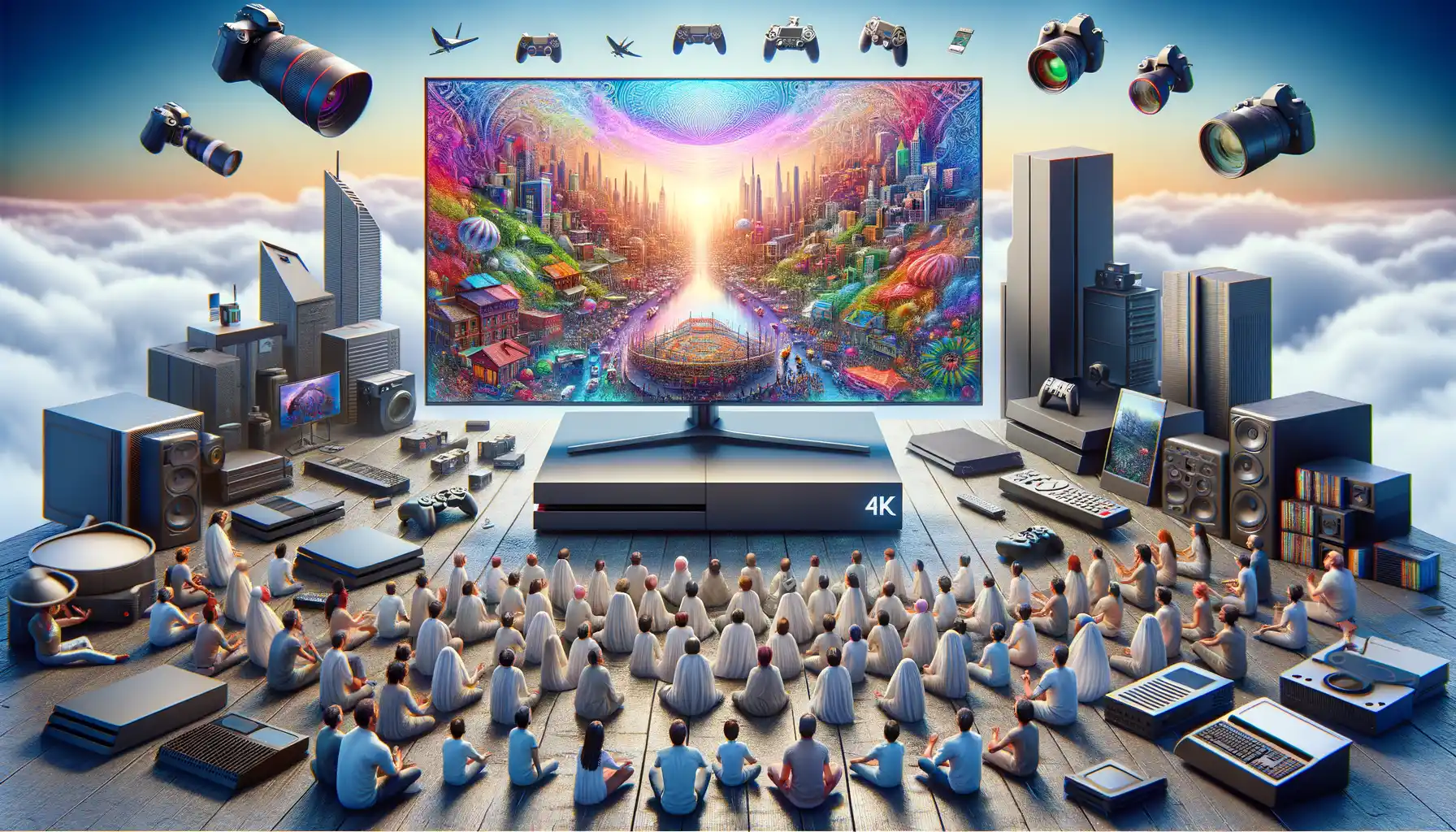
Step Into a World of Stunning Detail
Picture this: You’re watching your favorite movie, and every single detail—from the shimmer of moonlight on water to the subtle emotions in an actor’s expression—feels almost tangible. This is what 4K Ultra-HD streaming brings to the table, transforming home entertainment into something truly spectacular. With a resolution four times that of HD, 4K unlocks a level of clarity that’s hard to put into words. It’s not just watching; it’s experiencing.
But what does this mean for you? It means no more squinting to make out faces in the background or missing intricate textures in a scene. Combine that with vibrant, true-to-life colors and smoother motion, and suddenly your screen becomes a portal to another dimension.
Why Your Eyes Will Love 4K
Here are just a few reasons why 4K Ultra-HD has captured the hearts of millions:
- Unmatched crispness: Every pixel counts, and with 4K, there are over 8 million of them working together to amaze you.
- Immersive depth: Scenes feel so lifelike, it’s as though you can step through the screen.
- Future-proof technology: As streaming platforms increasingly adopt 4K, you’re choosing quality that’s here to stay.
Streaming has never felt so vivid, personal, and mesmerizing. Isn’t it time you embraced the brilliance of 4K?
Technological Advancements Driving Streaming Quality
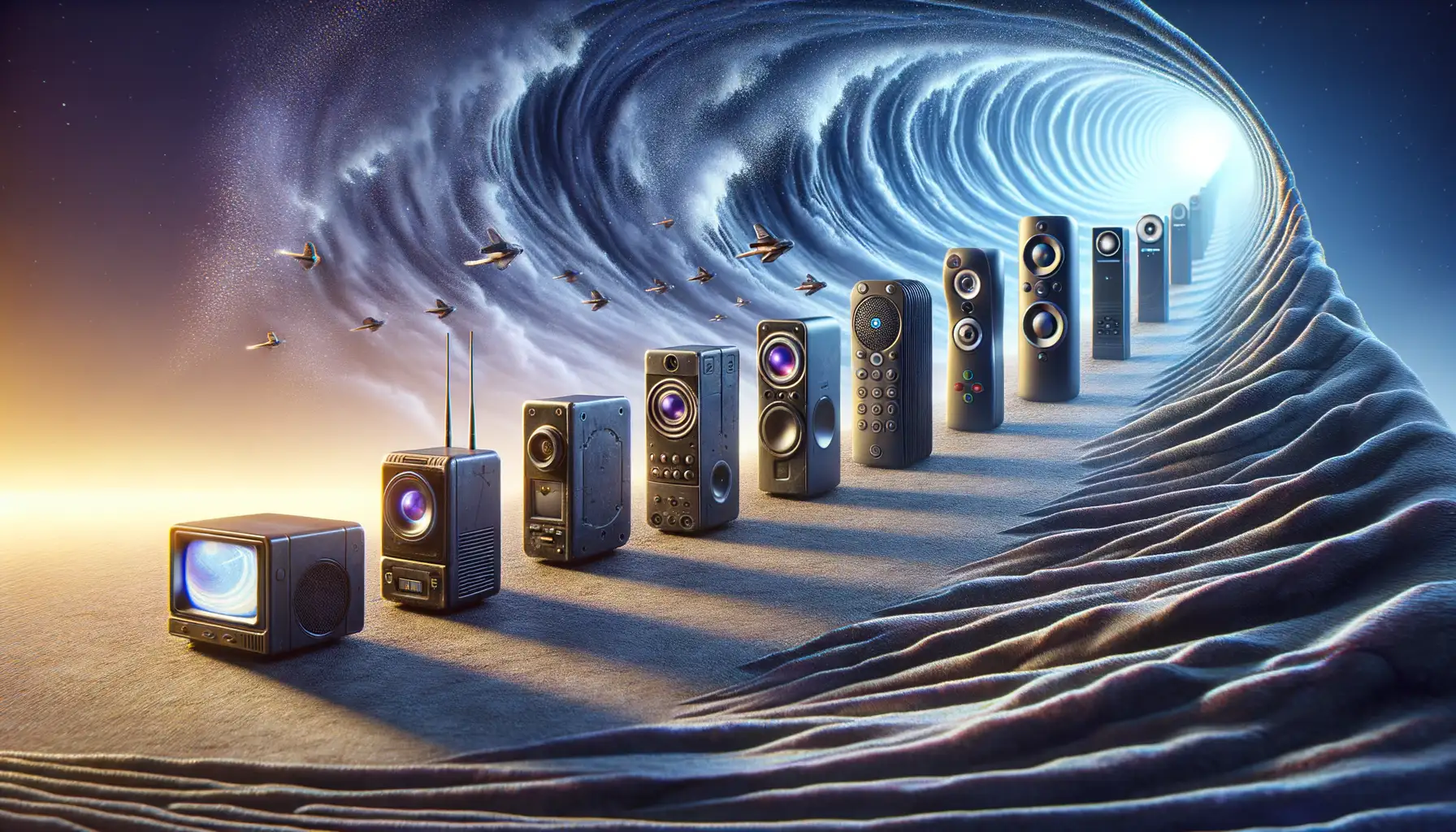
The Magic Behind Faster and Sharper Streams
Ever marveled at how your favorite show streams seamlessly in dazzling clarity? Well, beneath that crisp picture and buttery-smooth playback lies a symphony of groundbreaking technology. Streaming quality is no happy accident; it’s the result of relentless innovation.
Take adaptive bitrate streaming, for instance—it’s like having a tech-savvy friend who adjusts your stream on-the-fly based on your internet speed. No more buffering spirals ruining the suspense of your binge-watch! And let’s not forget HEVC (High Efficiency Video Coding). This modern wizardry compresses video files so well that even data-heavy 4K marvels glide through your Wi-Fi like a world-class figure skater.
- Artificial Intelligence: AI algorithms are now fine-tuning video resolution, predicting motion, and reducing noise for eerily lifelike visuals.
- CDNs (Content Delivery Networks): Thanks to strategically placed servers across the globe, your favorite content reaches you faster than ever, dodging lags like a pro athlete sidestepping defenders.
It’s these unsung heroes of tech that make streaming today feel like flipping through photo albums in high definition—fluid, immediate, and oh-so-vivid.
The Future of Streaming Beyond 4K: Innovations and Challenges

Beyond Pixels: The Quest for Immersive Streaming
Streaming is no longer just about crisp visuals—it’s about stepping into another world, right from your couch. As we edge beyond the realm of 4K, innovation is turning sci-fi fantasies into reality. Picture this: streams so immersive, you’ll feel like you’re in the middle of a thunderstorm, with raindrops almost grazing your skin. That’s where 8K resolution and VR-integrated streaming are aiming to take us.
But it’s not just about pushing pixels. The future demands smarter technologies to match. Enter AI-driven enhancements, where machine learning doesn’t just recommend your next binge but fine-tunes video quality frame-by-frame based on your internet speed. Streaming platforms are also chasing ultra-low latency, making buffering feel as ancient as dial-up tones.
- Sensors that adapt video brightness to your room’s lighting.
- Streaming over 5G networks for lightning-fast playback.
- Fully personalized soundscapes using spatial audio tech.
The Challenges: More Than Just Bandwidth
Sounds dazzling, right? But here’s the catch—progress comes with hurdles. Bandwidth limitations remain the elephant in the room. While rural areas still struggle to stream 4K without interruption, preparing networks for 8K might feel like trying to fit an ocean into a teacup. And let’s talk cost. Upgrading infrastructure for these futuristic technologies is no small feat.
Then there’s sustainability. Streaming consumes vast energy, and the race for higher resolutions risks turning carbon footprints into size XXL. How can we balance innovation with environmental responsibility? The industry may need to reimagine everything, from eco-friendlier data centers to algorithms that reduce unnecessary processing.
Every leap forward comes with its own tightrope walk—and we’re watching, breath held, as the next revolution in streaming unfolds.

